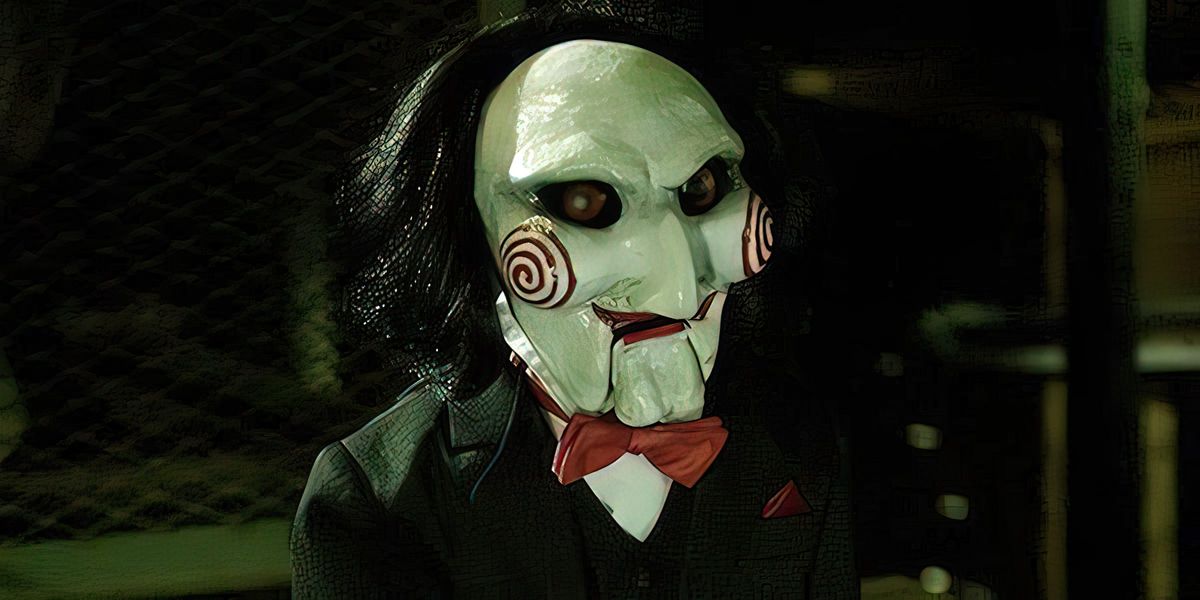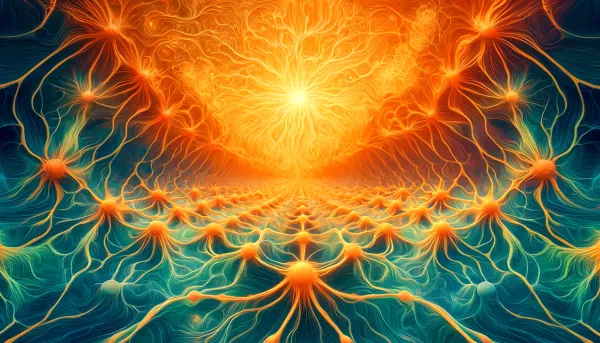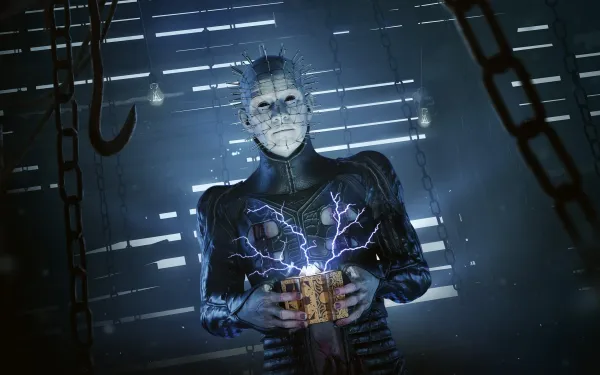Distance Yourself From Evil

I watched the movie Saw III this weekend. I’ve seen I and II also, but this one was interesting because it contained more of the back story, the motivations of Jigsaw. For a person to seem truly evil their past and motivations must remain hidden so the reader or audience cannot identify with them. This allows us to distance ourselves from evil – to point to it as an external force, rather than something that is an integral part of ourselves. I wrote a paper on evil as an undergrad and I chose the Emperor Palpatine from Star Wars (Return of the Jedi) as a perfect personification. As the new Star Wars movies were released, Palpatine’s past was slowly revealed to us – almost enough identify with him as a person and not just an abstraction of evil.
As Jigsaw’s past is revealed a more human, though twisted, portrait emerges. How many of us have implemented a twisted psychological plan for revenge or pleasure? How intricate and insane does the plan have to be before it becomes evil? The theatrics of Jigsaw’s plans are cinematic and extreme to minimize our identification and to maximize box office sales. Everyday evil is less premeditated, less conscious. Without being conscious of our motivations, the pain that we can cause others to others can be devastating. As Jung said, “those people who are least aware of their unconscious side are the most influenced by it”.




